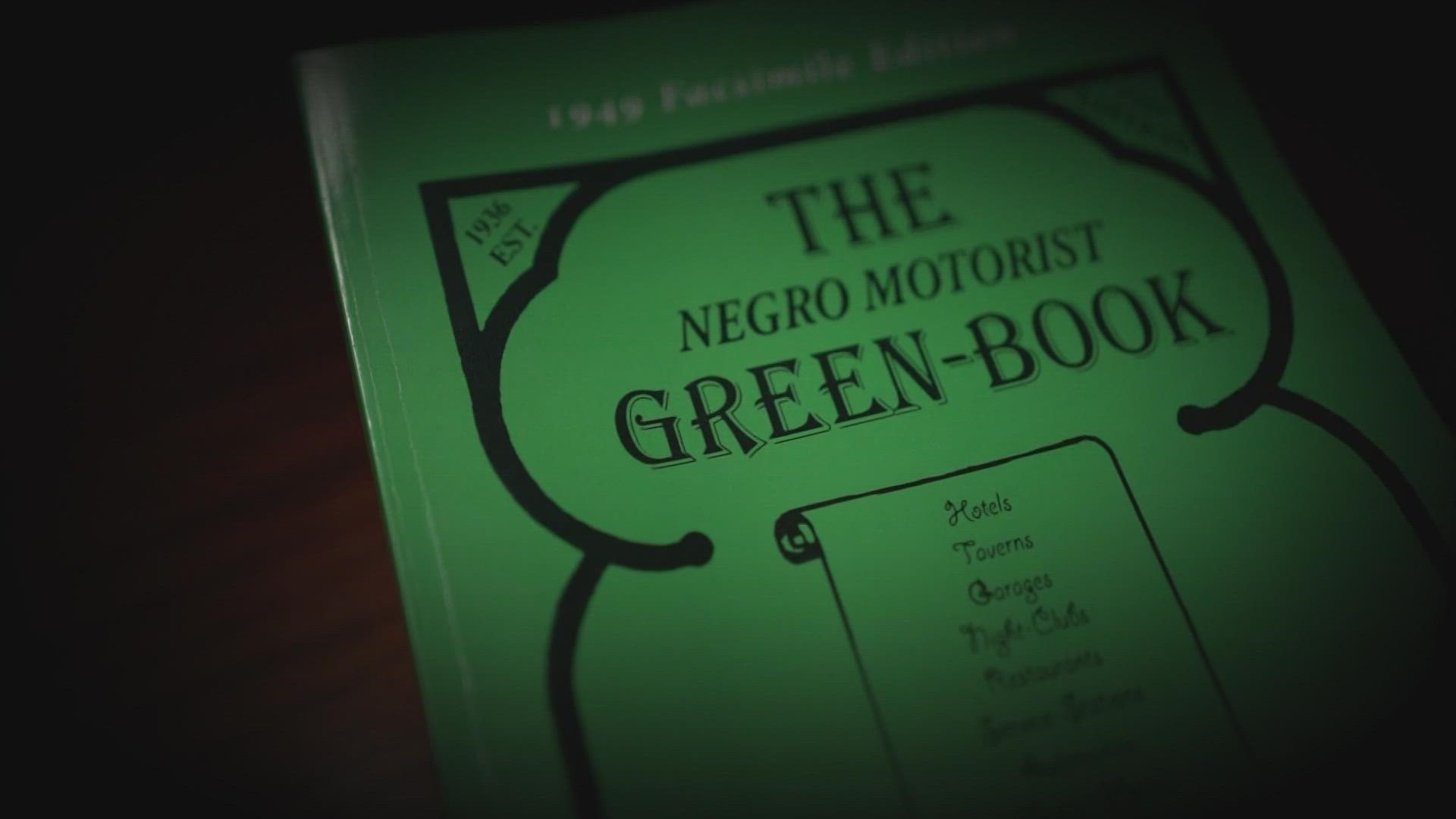SEATTLE — Ask nicely and Clifford Holland will proudly show you his collection of classic vehicles.
“They don’t make cars now like they used to back in the day,” Holland said.
The Navy veteran's crown jewel is a 1966 Oldsmobile Toronado. With Holland behind the wheel, we are on a mission back in time.
“We’re going down Beacon Avenue, and then we’ll cut through Chinatown down to Maynard and see if we can find this joint,” Holland said.
The "joint" was an address in Seattle’s International District that was once listed in the “Negro Motorists Green Book.” It's a guide published from 1936 to 1966 when Holland was a child. The "Green Book" served as a safety net for Black motorists looking for a place to stay, eat, get a haircut or shop without fear in an unfamiliar city.
“People when they start hearing that because they’d never seen it in books, they start realizing, 'man, Seattle’s got some history,'” Holland said.
For decades, Black motorists passing through Seattle found refuge in the Central District. That’s where Holland was born and raised.
In that "Green Book" era, the authors had a goal of someday not needing to print the guide anymore. The intro to one edition reads: “It will be a great day for us to suspend this publication for then we can go wherever we please, and without embarrassment.”
Even 76 years after the book has gone out of print, some say the lessons and warnings in it are as relevant as ever, especially behind the wheel.
Holland recalls having the "talk" with his mother when he reached driving age.
“My mother would tell us just mainly to be careful, be polite. Nowadays you get pulled on over, I’m showing hands. I’m not taking any chances because there are too many people that are getting shot over simple stuff,” he said. “A lot of people don’t want to acknowledge that these things happen."
The story of Philando Castile often comes to mind for Holland when he is behind the wheel. Castile, a 32-year-old Black man, was shot and killed by Minnesota police during a traffic stop in July of 2016. Castile was reaching for his driver’s license when police shot him five times.
The aftermath of the shooting was documented by his passenger on Facebook live.
Groups like the Black Heritage Society of Washington State are working to make sure the lessons from the "Green Book" are never forgotten.
“It was all about safe places. If you can imagine having to look over your shoulder. The headlights in the rear-view mirror, hoping that it wasn’t going to be the state patrol pulling you over,” said Stephanie Johnson-Toliver with the Black Heritage Society of Washington State.
“When you look at the 'Green Book,' there is so much relevancy today not only in lifting and building Black business but also that caution that one takes when there could potentially be interaction with police or state patrol while on the road,” she said.
Maria Stockard-McDaniel and her group "Black and Tan" have created a digital Green Book to guide users through a tour of what was once a segregated city.
Later this month, Seattle’s Museum of History and Industry will put the so-called “bible of Black travel” on display.
“It goes back to continuing to share the story. It goes back to our people, talking to our kids about the history,” Stockard-McDaniel said. “I started researching actual Green Books. I bought a couple online and actually found in the 1950 edition my great uncle owned a shop on Madison here in Seattle.”
That business, the Stockard’s Barbershop, was listed as a safe place for Black people visiting Seattle. The building is long gone, but the principles it stood for still survive.
“There were things that were happening here that were just not on the radar. And I think if it’s not on the radar and it’s not exposed, people make the assumption that it didn’t happen,” Stockard-McDaniel said.
Back in the 66 Toronado, Holland travels to the International District where he finds a street address for a location of a former hotel that was once listed in the "Green Book."
“Seattle was just as segregated as some of these places down south, even though it was kind of swept under the rug, and it was kept quiet and things were left out of books or whatever," he said.

